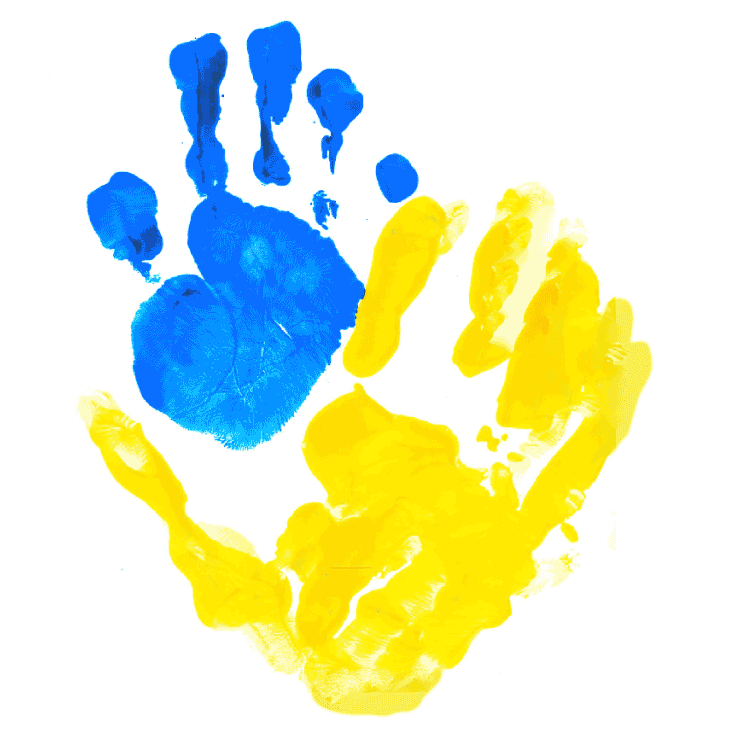Appendix B: Community consultation activities conducted as part of the Guideline development process
Online community survey
Description
An online survey designed to understand the experiences of the autistic and autism communities in accessing supports, and their views on good practice.
Who was able to take part?
Open to all members of the community, aged 12 years or older
What was involved?
Completion of a survey, which was structured around the guideline questions, and allowed for Likert scale and/or open-ended responses. Participants were able to provide general feedback on supports for autistic children, or more detailed responses aligned to each of the guideline questions.
How was it completed?
An online survey, accessed via the Autism CRC website.
How many people took part?
665 participated in the online community survey.
Brief online survey
Description
A brief online survey designed to understand the views of autistic children in accessing supports.
Who was able to take part?
Focused on autistic children, but also open to autistic adults and designed to cater for autistic people of all ages who communicate mainly in ways other than speech.
What was involved?
Completion of a survey that requested parents ask questions of their child about their child’s experience accessing supports, and write down verbatim the child’s responses. Autistic adults completing the survey were asked to reflect on their childhood experiences.
How was it completed?
An online survey, accessed via the Autism CRC website.
How many people took part?
46 people participated in the brief online survey.
Parent reflections
Description
A brief online survey designed to ask parents to reflect on their view of their autistic child’s experience accessing supports.
Who was able to take part?
Focused on parents of autistic children. Also open to parents of autistic adults and designed to cater for autistic people of all ages who communicate mainly in ways other than speech.
What was involved?
Completion of a survey that requested parents to reflect and report on their observations of their child as they accessed supports. Parents of autistic adults, were asked to reflect on their adult person’s childhood experiences.
How was it completed?
An online survey, accessed via the Autism CRC website.
How many people took part?
25 people participated in the reflection activity.
Expression through artwork
Description
A consultation activity designed to understand the views of autistic children and adults in accessing supports. The activity design recognises that autistic individuals may communicate, or prefer to communicate, through ways other than spoken language.
Who was able to take part?
Open to autistic children and adults and designed to cater for autistic people of all ages who communicate mainly in ways other than speech.
What was involved?
Production of a piece of art (e.g., a drawing, painting, or other artwork) about their experiences and/or their feelings of accessing supports. Autistic adults completing the survey were asked to reflect on their childhood experiences.
How was it completed?
Completed remotely, and then uploaded to the Autism CRC website.
How many people took part?
The Guideline Development Group did not receive any submissions for this activity.
Delphi survey
Description
A practitioner survey designed to understand areas of consensus for various aspects of clinical practice in supporting autistic children and their families.
Who was able to take part?
A total of 100 practitioners were invited to take part; 20 practitioners were nominated by each of the five peak bodies representing clinical practitioners who have expertise in key outcomes for autistic children, specifically:
- Health and medical needs (Neurodevelopmental and Behavioural Paediatrics Society of Australasia)
- Communication (Speech Pathology Australia)
- Cognition and social-emotional development (Australian Psychological Society)
- Sensory needs (Occupational Therapy Australia)
- Motor development (Australian Physiotherapy Association)
What was involved?
Completion of an online Delphi survey, which was structured around the guideline questions and requested responses on Likert scale. Practitioners were also able to provide additional information through open-ended questions. Two Delphi rounds were conducted.
How was it completed?
An online survey, accessed via a unique link emailed directly to invited practitioners.
How many people took part?
72 practitioners completed the first round, and 59 practitioners completed the second round.
Focus groups
Description
Focus groups designed to provide opportunity for further detailed discussion on the experiences of the autistic and autism communities in accessing supports, and their views on good practice.
Who was able to take part?
Autistic adults (four focus groups) and parents of autistic children (four focus groups).
What was involved?
Each focus group was 2 hours in length, and included dedicated time for each individual to discuss their feedback and experiences relating to the Guideline questions.
How was it completed?
Videoconference.
How many people took part?
48 people participated in the focus groups.
